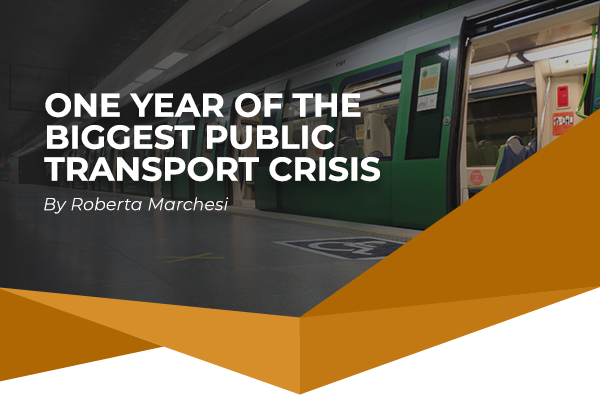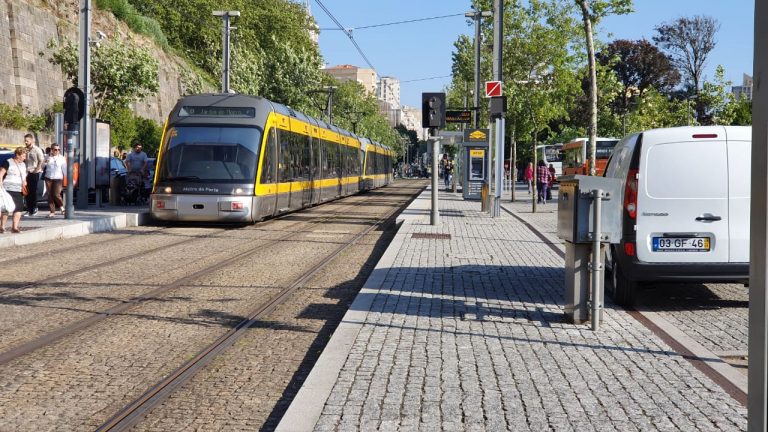By Roberta Marchesi
Much is said about active transport, on-demand transport, applications, innovations, but none of this contributes to solving the problem of mobility in our metropolises if high-capacity public transport is not included in this context.
This system is the essence of mobility. It is where the vast majority of daily commuting takes place and it is based on it that all other applications are connected, forming a true network at the service of the citizen.
Currently, public transport is experiencing the biggest crisis in its history. The abrupt drop in the number of passengers since the beginning of the pandemic, combined with the need to maintain the service offer and the increase in expenses with new sanitation and sanitation procedures, meant that a large number of companies were unable to maintain the provision of the service.
Over these 15 months, in Brazil, the sector lost over R$ 25 billion, an impressive figure that is being impossible for companies to support. Twenty-five is also the number of companies that closed their doors, followed by several others that suspended their activities or underwent intervention in the operation.
The number of dismissals in the sector is already close to 80,000 workers and strike movements have taken off across the country. Until April, 223 actions protested the non-payment of salaries and benefits, caused by the collapse of the companies’ cash flow as a result of the imbalance imposed by the sharp drop in passenger demand and the current remuneration model to which the sector is exposed.
Half the demand
Have you ever stopped to think about what will happen to our metropolises in the future, when the flow of passengers naturally returns?
Daily, the media highlights situations of agglomeration in Brazilian public transport and, today, the sector operates with only 50% of its demand. What do you imagine will happen when we have 70% of demand back on the streets and half of the transport system demobilized due to the collapse of companies?
The whole world faces the same pandemic and public transport is experiencing the same problem. The difference is that, from the beginning, several countries adopted specific measures for public transport, allocating emergency resources to guarantee the maintenance of operations. In Brazil, we are going against the grain. Not only did we not adopt any measure to protect public transport, but we also rejected initiatives in this regard, as was the case with the presidential veto of the Bill on emergency assistance to the sector. Several actions were carried out, with the most diverse governmental spheres, but no specific measure was able to be implemented.
Crisis to come
With the urban transport infrastructure in tatters, the country will pay a high price to get back on its feet. And when the world is coming back from this crisis, with employability increasing and economies advancing, Brazil, instead of going in the same direction, will have to stop to face the problem it has now neglected.
If immediate measures are not taken, the strong mismatch between the already predictable increase in passenger demand and the capacity to reheat supply will make the country face a long period of crisis in transport.
And when that happens, it won’t just be the transport crisis that we will have to deal with, but the social crisis that will come with it, because the movements for the right to quality transport that we saw in 2013 will only be good memories next to the situation. where shipping will be in the near future.
* Roberta Marchesi is Executive Director of the National Association of Passenger Rail Operators (ANPTrilhos).
Article published in the column Estadão Mobilidade, in the newspaper O Estado de S.Paulo, on June 16, 2021.





